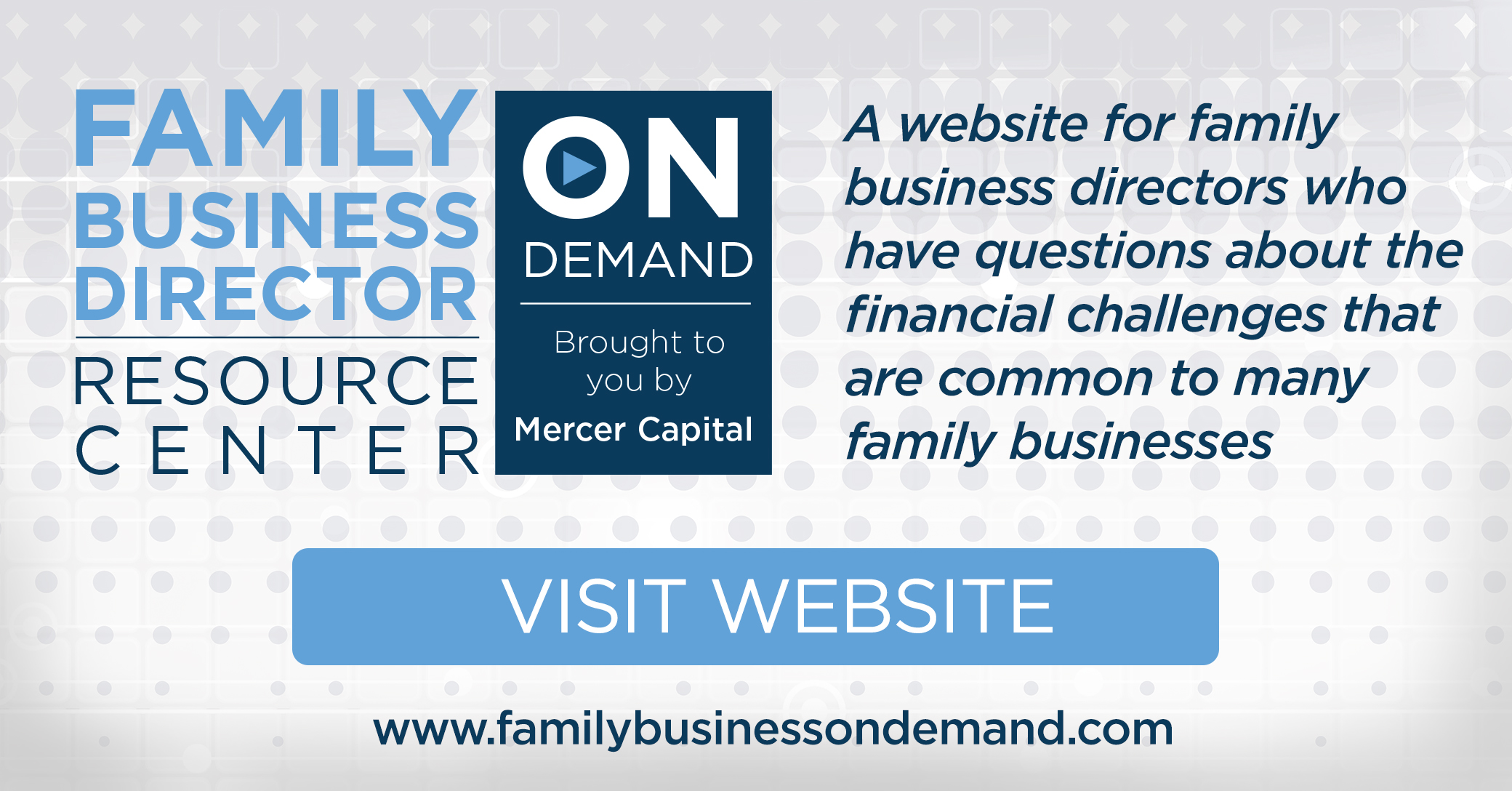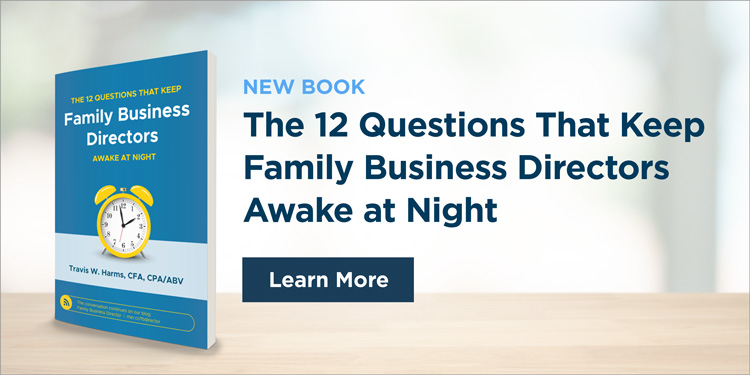In the first two parts of this series, we analyzed the operating performance and investing decisions of the companies in our benchmarking universe. This week, we examine the financing decisions of those companies and apply those observations to family businesses.
Blog
Family Business Director
Corporate Finance & Planning Insights for Multi-Generational Family Businesses
Making Sense of 2020: Part 2
Benchmarking Cash Flow From Investing Activities
Continuing our benchmarking analysis, we turn our attention this week to how companies made investment decisions in 2020.
Making Sense of 2020: Part I
Benchmarking Cash Flow From Operations
Here at Family Business Director, we believe in the power of benchmarking for family businesses. Done well, benchmarking provides managers and directors with valuable insight and context for evaluating the operating performance of the family business and the strategic investing and financing decisions made by the directors.
For the 2021 edition of Mercer Capital’s “Benchmarking Guide for Family Business Directors,” we have drawn data from the SEC filings of revenue-generating companies in the Russell 3000 index (excluding financial institutions, real estate companies, and utilities). From that data, the Benchmarking Guide focuses on four metrics: 1) the components of cash flow from operations, 2) investing activity, 3) financing decisions, and 4) market performance and shareholder returns.
This first post of four addresses the first metric: The components of cash flow from operations. The benchmarking data raises some critical questions for family business directors as the U.S. economy continues on the path to recovery.
Capital Gains Taxes and Family Businesses
Don’t Let the Tax Tail Wag the Family Business Dog
It was “leaked” last week that the Biden administration is planning to nearly double the federal capital gains tax rate on taxpayers earning more than $1 million from 20% to 39.6%. In states with high taxes, the combined blended rate could top 50%. This week we discuss the capital gains tax and provide some helpful reminders for family business owners.
Getting to the Top
A Peek Inside the Family Capital 750
Late last month, Family Capital released its third annual ranking of the world’s largest family businesses, the Family Capital 750. As the name suggests, the list includes 750 global family businesses with 2019 revenue ranging from $2.7 billion to $514 billion. in this week’s post, we share what we found when we scrubbed the data.
The Economics of Family Shareholder Redemptions
Regardless of the reason, significant shareholder redemptions are among the least understood corporate transactions. In this week’s post, we consider the economics of family shareholder redemptions from three perspectives: the selling shareholder, the family business, and the remaining shareholders.
Real-World Tips For Family Business Succession
What can family business directors do to ensure a successful succession plan for the next generation? In this post we offer three lessons. In our view, a B+ succession plan today is better than an A+ plan later. Starting the succession planning process now – understanding that it will evolve – should spur family business directors to actionable plans that will help everyone sleep better at night.
Middle Market M&A Amidst a Recovering Economy
For family business directors, 2021 should be an opportune time to consider making an acquisition. General indications on valuation suggest that the private company M&A market has not been priced-up at anywhere near what has been seen in the public markets. While this difference may be caused by a public market over-valuation issue that is “corrected” in the short-term, it suggests that there could be positive momentum in private company valuations as the economy continues to move through subsequent stages of the post-pandemic recovery. A good M&A deal can be made even better with favorable financing, which should be available to many borrowers in the current environment. We can’t predict the future, but those who take a buyer’s view of the M&A market now might be rewarded with enhanced returns. With pent up demand and a high availability of capital, we anticipate a rise in M&A activity over the next year with the best valuations and financing deals likely favoring the early bidders.
Building the Future Family Business
Family Business Director is excited to be a sponsor of this week’s Transitions Spring 2021 conference produced by Family Business Magazine. The theme for the conference is “Building the Future Family Business.” The conference offers a wide range of sessions in support of that theme. Additionally, we are looking forward to leading a breakout session on Wednesday (12:10-12:50 EDT) on the role of diversification in the family business.
Under Pressure: Managing Family Business Stress
Atticus Frank, senior financial analyst, worked in his family’s business for nearly three years prior to returning to Mercer Capital and joining the team’s Family Business Advisory Group. In this post, he writes about the stressful introduction to his family’s business and the steps he took to foster a healthy relationship with the business.













